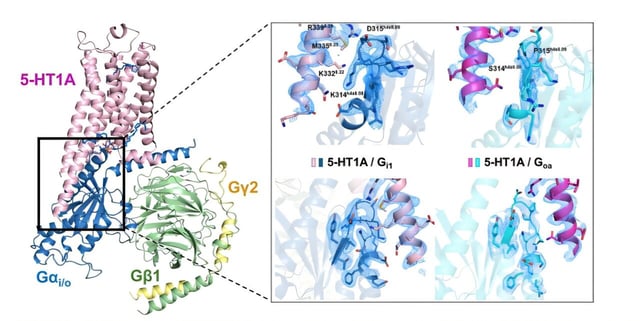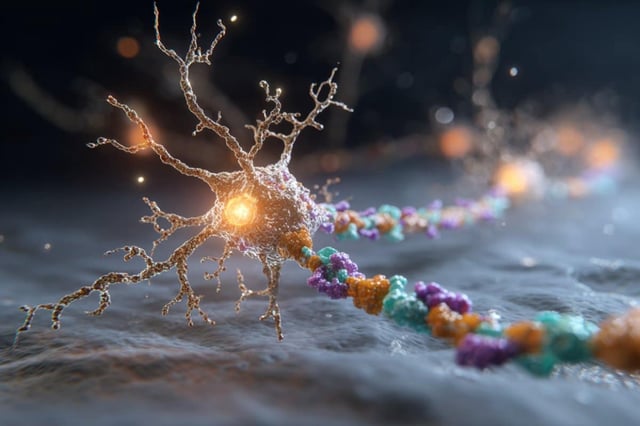Overview
- Cryo-electron microscopy and in vitro assays revealed that the 5-HT1A receptor inherently favors specific G protein pathways regardless of ligand.
- The antipsychotic asenapine (Saphris) was shown to selectively modulate the strength of one signaling route due to its partial agonist profile.
- A phospholipid molecule within the cell membrane was identified as a crucial co-factor that steers receptor conformation and activity.
- Structural maps pinpoint both orthosteric and allosteric determinants that can guide the design of drugs targeting distinct signaling cascades.
- Next steps include testing these insights in advanced biological models and developing candidate compounds for faster and more precise mental health therapies.

